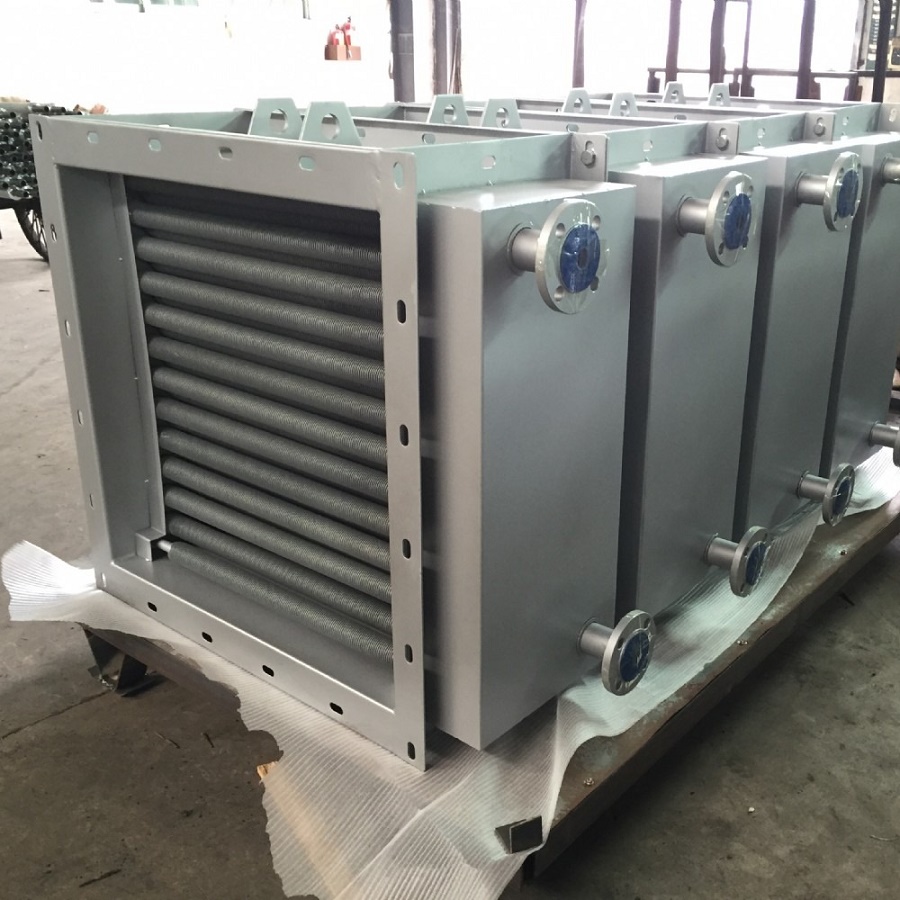Introduce of industrial heat exchanger
2024-01-03Leave a message
Introduce of industrial heat exchanger
A heat exchanger is a device designed to transfer heat between two or more fluids (liquids or gases) at different temperatures. Industrial heat exchangers are specifically used in various industrial processes to facilitate efficient heat transfer. These processes can include heating, cooling, condensation, or evaporation.
Information about the industrial heat exchangers:
1. Types of Industrial Heat Exchangers:
- Shell and Tube Heat Exchangers: This is the most common type, consisting of a bundle of tubes inside a shell. One fluid flows through the tubes, while the other flows around the tubes in the shell.
- Plate Heat Exchangers: These consist of plates stacked together, with alternating hot and cold fluid channels. They are compact and provide efficient heat transfer.
- Finned Tube Heat Exchangers: These have tubes with extended surfaces (fins) to increase the heat transfer area and enhance efficiency.
- Double Pipe Heat Exchangers: Simple design with one pipe inside another; suitable for low to moderate-duty applications.
2. Industrial Heat Exchanger Applications:
- Chemical Industry: Used for various processes like condensation, evaporation, and heating of chemicals.
- Power Plants: Employed in power generation for cooling or heating purposes.
- Refineries: Utilized in oil refineries for processes such as crude oil distillation.
- HVAC Systems: Commonly used for heating and cooling in buildings.
- Food and Beverage Industry: Applied in processes like pasteurization and sterilization.
3. Industrial Heat Exchanger Materials:
- Materials for heat exchangers vary depending on the application and the fluids involved. Common materials include stainless steel, carbon steel, copper, and aluminum.
4. Industrial Heat Exchanger Heat Transfer Mechanisms:
- Conduction: Heat transfer through direct contact of particles.
- Convection: Heat transfer through the movement of fluids.
- Radiation: Heat transfer through electromagnetic waves.
5. Industrial Heat Exchanger Maintenance and Cleaning:
- Regular maintenance is crucial to ensure optimal performance.
- Fouling (deposition of unwanted materials) can occur and may require cleaning to maintain efficiency.
6. Industrial Heat Exchanger Design Considerations:
- Factors such as flow rates, temperatures, and pressure drops must be considered during the design phase.
- Adequate materials should be selected based on the properties of the fluids being processed.
7. Industrial Heat Exchanger Energy Efficiency:
- Improving energy efficiency is a significant consideration in the design and operation of heat exchangers to minimize energy consumption.


